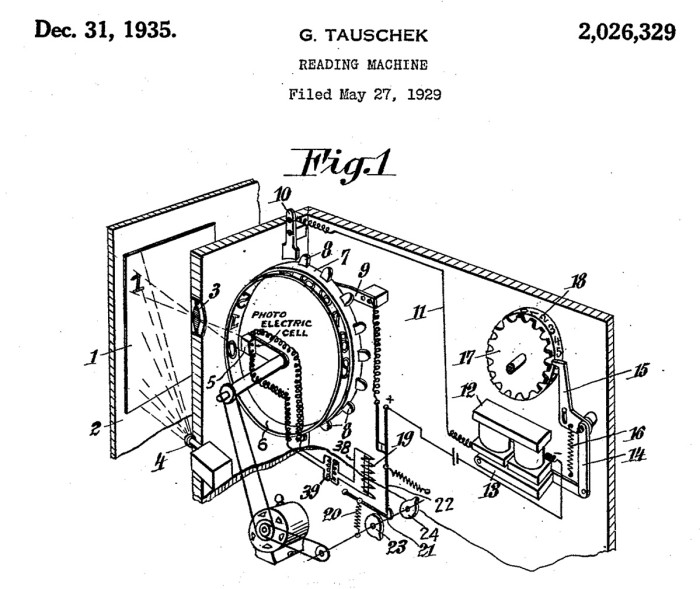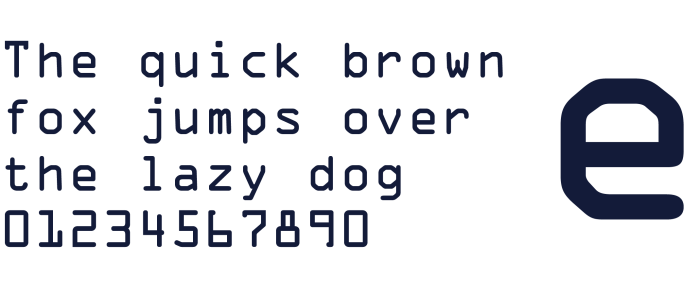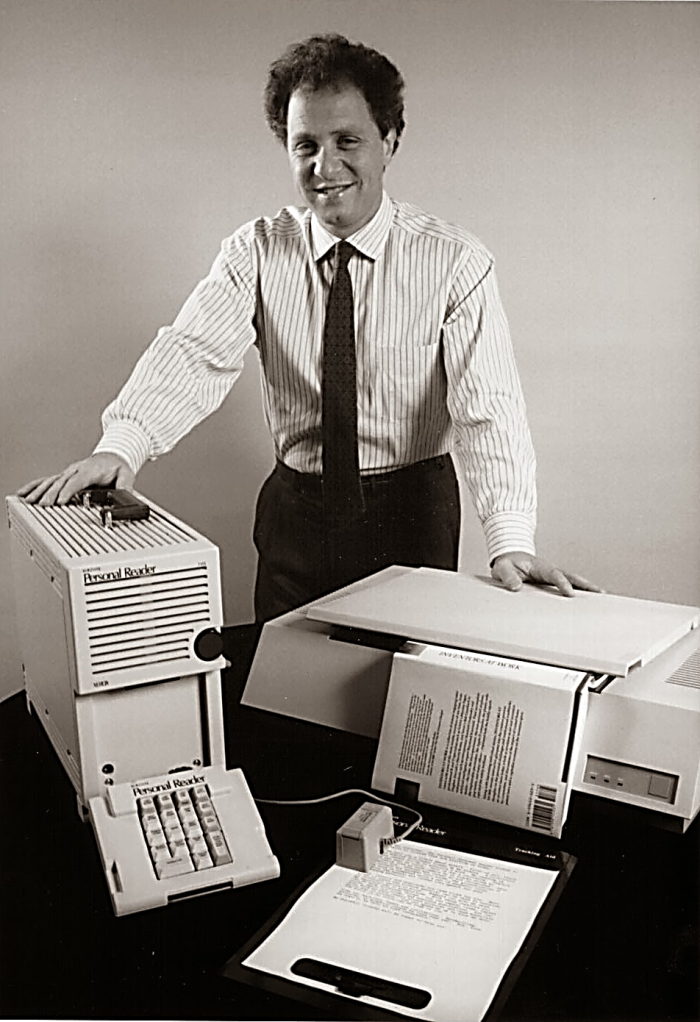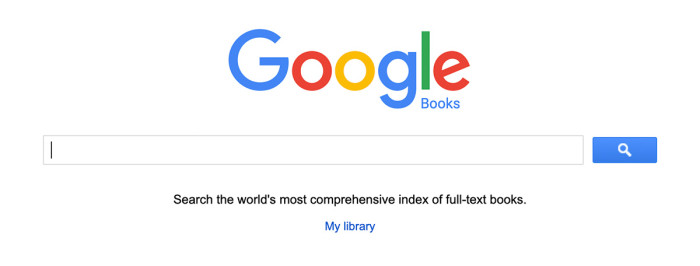The Evolution of OCR: Origins to Modern Applications
Optical Character Recognition (OCR) technology has made significant progress since its inception in the late 19th century. U.S. patent 2,026,329 was granted on Dec. 31, 1935 for a “reading machine” by Gustav Tauschek from Vienna, Austria, which was one of the earliest OCR-related inventions. OCR was initially utilized for digitizing printed texts and enabling them to be machine-readable. As OCR technology continued to advance, it became widely utilized across various industries. This article will examine the history of OCR and how it has become a critical technology for the digital age.

The Beginnings of OCR: 1960s to 1980s
Although OCR history can be traced back to the late 1800s and early 1900s with a variety of related inventions, the emergence of early OCR systems really began in the 1960s and 1970s. These systems were designed for specific use cases, such as sorting mail based on zip codes or reading handwritten numbers. Interestingly, the first optically machine-readable font OCR-A was developed in 1968 by Swiss typeface designer Adrian Frutiger, and it still serves as the inspiration for the Veryfi logo.

During the early 1970s, OCR technology had limitations that prevented it from recognizing a wide range of fonts and handling complex images. Ray Kurzweil, an inventor, futurist, and the founder of Kurzweil Computer Products, developed an omni-font OCR system along with the CCD flatbed scanner, which established the commercial beginnings of OCR. This invention sparked an evolution of the technology that spanned several decades in the history of OCR.

In 1980 Kurzweil’s company was sold to Xerox, which renamed it as Scansoft (later merged with Nuance Communications). Throughout the 1980s, OCR technology made significant strides with the development of new algorithms and more powerful computers. OCR systems were able to recognize a wider range of fonts and were able to handle more complex images, making them more accurate and useful for a wider range of applications.
The Rise of OCR: 1990s to Early 2000s
In the 1990s, the widespread adoption of personal computers and the internet led to a significant increase in the use of OCR technology. OCR systems were used to digitize books, magazines, and other printed materials, making it easier to search and access information. The technology was also used to automate data entry processes in industries such as finance, healthcare, and government.
In the early 2000s, the history of OCR technology progressed with the introduction of new algorithms and improved hardware. OCR systems became more accurate and were able to recognize a wider range of characters and languages. This paved the way for the widespread adoption of OCR technology in a variety of industries and applications, such as document management and invoice processing. In this timeframe, Google also famously (and controversially) launched Google Books, code-named Project Ocean, using OCR to digitize tens of millions of books and make their text searchable.

Today and Beyond: OCR History Continues to Evolve
Today, OCR technology is more advanced and sophisticated than ever before. OCR systems are able to recognize a wide range of characters and languages, handwriting, and other complex images. A variety of industries, including finance, consumer packaged goods, healthcare, government, and retail use OCR, and it is essential for automating many business processes. Imagine saving bookkeepers and Accounts Payable clerks 220,470 years of manual data entry in the U.S….every year! Those efficiency gains are possible thanks to OCR, assuming 965,658 AP clerks in the U.S. and 12,000 invoices per year per clerk.

OCR technology is continuing its evolution, and the latest advancements in artificial intelligence (AI) and machine learning (ML) are leading to even more sophisticated and accurate systems. For instance, some OCR providers, like Veryfi, are incorporating Convolutional Neural Networks to improve versatility and accuracy. As time goes on, OCR technology will become increasingly important in the digital transformation of industries and organizations. Information will be more accessible and efficient for organizations to manage and access. Additionally, as its utilization expands, OCR software will assist in eliminating tedious and error-prone manual data entry, freeing up company resources to focus on higher-value tasks.
OCR History: Technology Revolution Sparks Evolution
OCR history began with revolutionary inventions designed to improve quality of life for humankind. Decades later, the technology is still undergoing continuous evolution and improvement, and is a crucial enabler of the digital age. OCR has come a long way and is truly improving quality of life for much of humanity. Today, a wide range of industries and applications use OCR. In the coming decades it will play a key role in global digital transformation.
If you’d like to see our innovative AI-Driven OCR in action, try it yourself in this free web demo.










